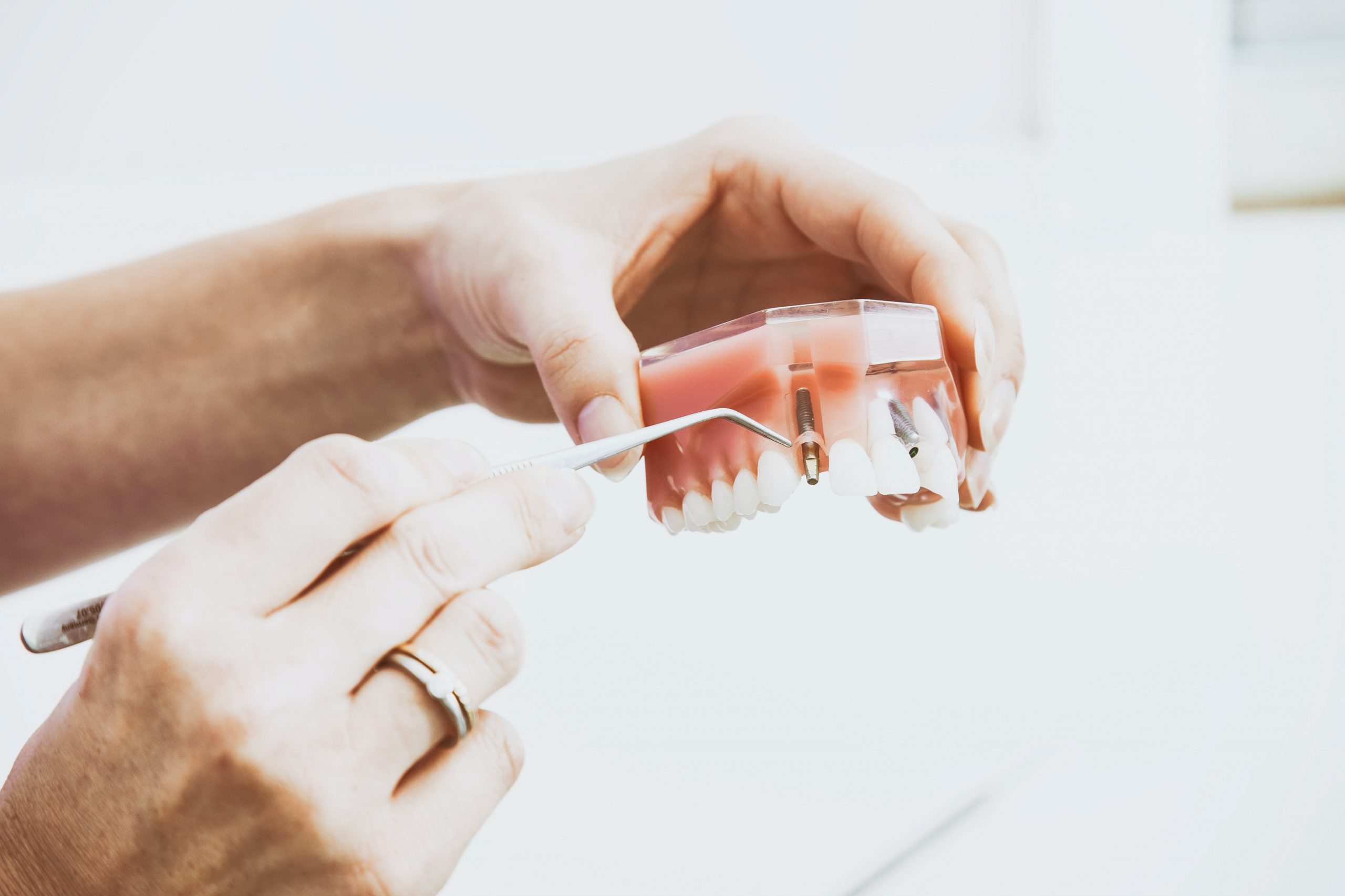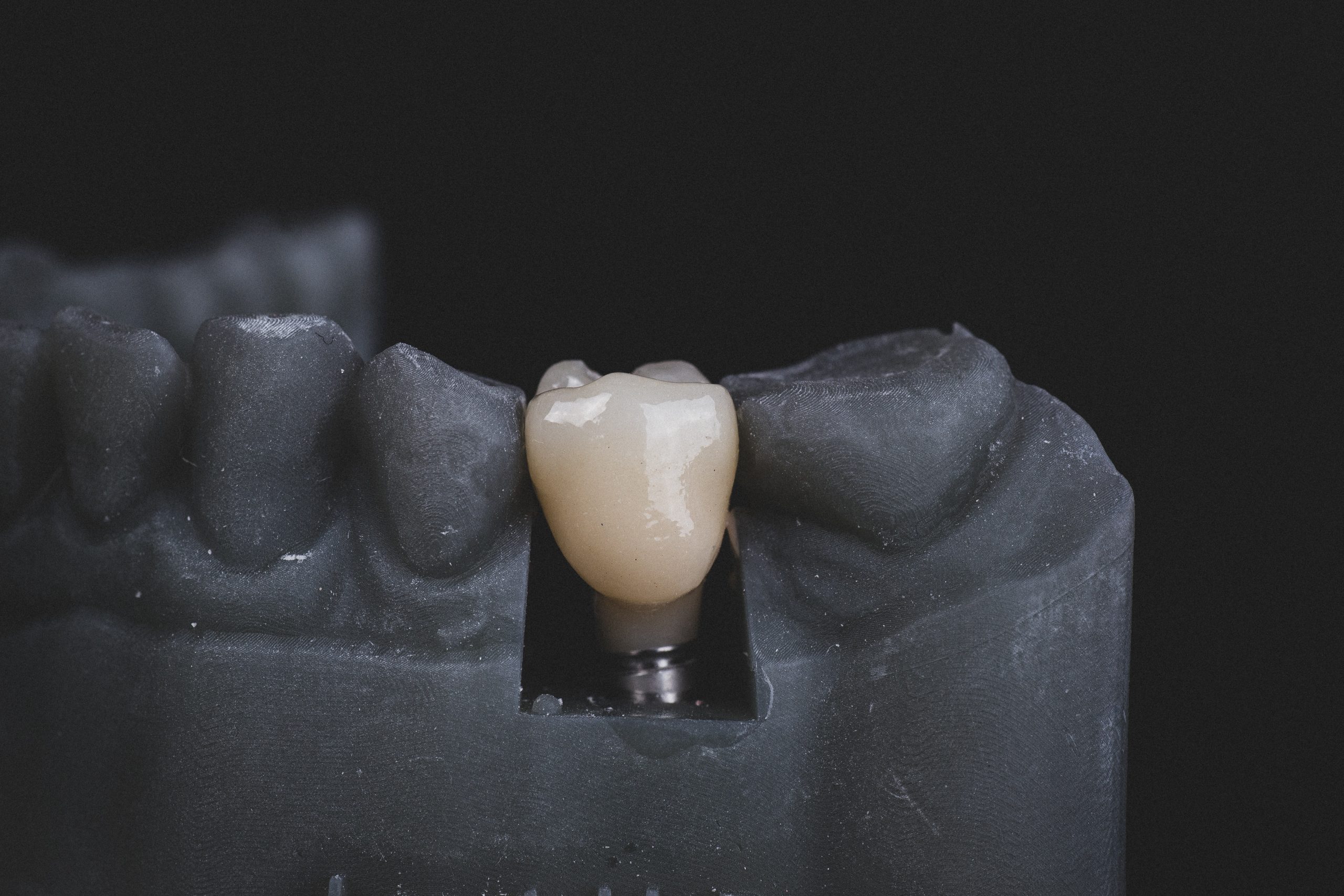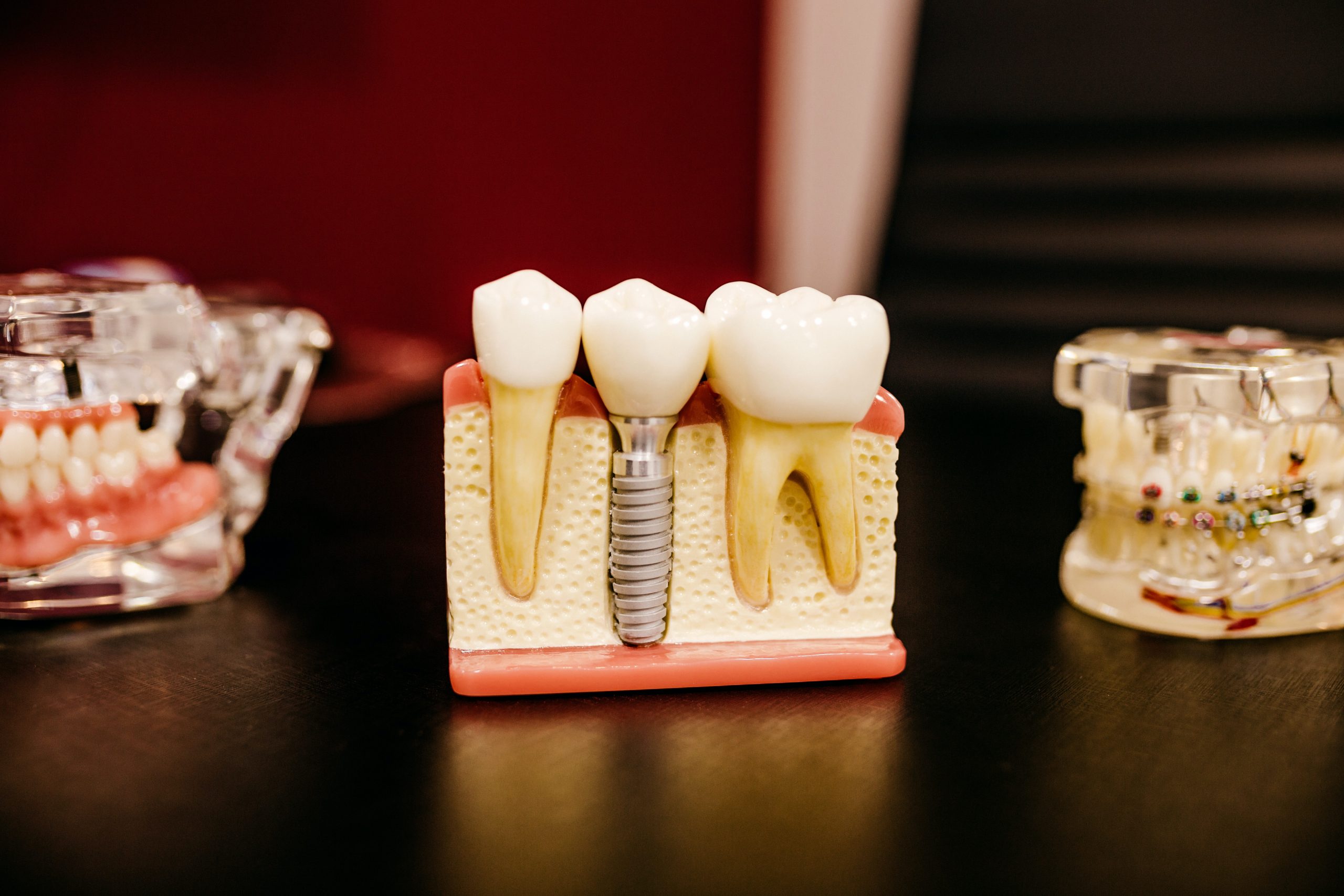
How Digital Technology is Changing the Dental Implant Process
Digital technology has revolutionized many industries and the dental implant process is no exception. With the advent of digital technology, the dental implant process has become faster, more precise, and less invasive. In this essay, we will explore how digital technology is changing the dental implant process.
One of the significant ways digital technology is changing the implant process is through computer-aided design (CAD) and computer-aided manufacturing (CAM). CAD/CAM technology allows dentists to design and manufacture dental restorations, including implants, with incredible accuracy. With CAD/CAM, digital impressions can be taken of a patient’s teeth and used to create a virtual model of the patient’s mouth. From this model, dentists can design and manufacture a custom implant that fits perfectly into the patient’s mouth.
Another way digital technology is changing the dental implant process is through the use of cone beam computed tomography (CBCT). CBCT is a special type of x-ray that produces 3D images of a patient’s teeth and jawbone. These images can be used to create a detailed map of the patient’s mouth, allowing dentists to plan the implant placement with incredible accuracy. CBCT technology reduces the risk of implant placement errors, ensuring that the implant is placed in the optimal location for long-term success.
Digital technology has also improved the implant surgery process. The use of guided implant surgery (GIS) allows dentists to plan and execute implant placement with incredible precision. GIS involves the use of a surgical guide that is created using CAD/CAM technology and CBCT imaging. This guide ensures that the implant is placed in the exact location and angle planned before surgery, making the implant placement more accurate and less invasive.
In conclusion, digital technology has significantly changed the implant process. The use of CAD/CAM technology, CBCT imaging, and GIS has made the implant process more precise, less invasive, and faster. With continued advances in digital technology, we can expect further improvements in the dental implant process, making dental implants a more accessible and reliable option for people seeking tooth replacement.





